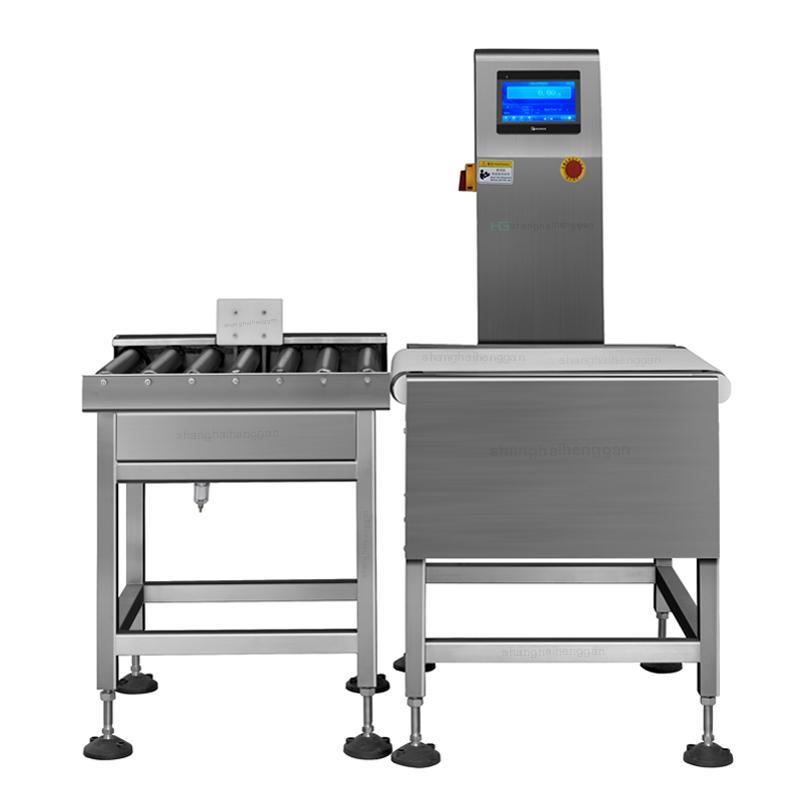SMARTWEIGH INSTRUMENT CO.,LTD , established over 15 years, which is one of the largest
manufacturers and exporter in China. Our workshop occupy 20,000
square meters and located in a very convenient and beautiful city,
Changzhou, it is close to Shanghai and only take one hour by high
speed railway.
Our company have advanced production equipments like Bending
machine, pre-arch machine, shearing machine, qutomatic welder,
automatic welding robot, plasama cutting machine, and baking
paiting room, to help us increase the product quality
and production productivity Our company also have
the senior technician team and design team. Many products have
been applied patents.
Under the advanced test equipement, technical workers and
rich experice, we manufactured high qualified truck cales, platform
scales, bench scales, crane scales, highway axle scales, as well as
spare parts like indicators and loadcells. We have exported to
RUSSIA, KSA, USA, UK, HOLLAND, SPAIN, ITALY etc many different kind
of countries, our good quality and timely delivery has attracted
over 200 long term distrbutors all over the world.
Our yearly export collection amount keep about 5000,000 to
10000,000 USD, among of this, our project for the foreign railway,
highway and government is the majority. By the way, We can supply
both ODM and OEM design also.
Our company havs been awarded ISO 9001, CE, SGS, OIML
cetificate for our products, all weighing scales are
pre-calibrated before shipping, We deicated to the spirit of "
Quality come first forveve and technology detemines the
productivity"since extablished, and we have benifited from it and
quietly brilliant for over 15 years.
More and more wonders and brilliant future will be made be by
SMARTWEIGH!








